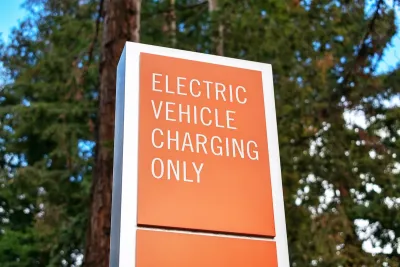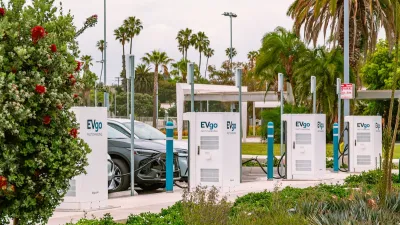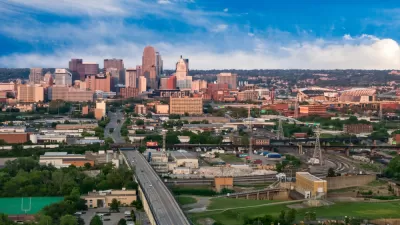Rebate programs are at the heart of collaborative success.

In 2013 the governors of ten states collectively agreed to boost policies and public information that would put 3.3 million electric vehicles on the road by 2025. And according to a new report, they have followed through on their promise.
Oregon Capital Chronicle writes on how Oregon, along with California, Connecticut, Maine, Maryland, Massachusetts, New Jersey, New York, Rhode Islan,d and Vermont signed a memorandum to spur sales of zero-emission vehicles in their respective states. In Oregon, for example, just 300 electric vehicles were registered in 2013. Today there are more than 100,000 — about 5 percent of all new vehicles registered in the past decade.
That growth didn’t come without a cost. “Cumulative electric vehicle sales across the 10 states grew steadily in the first few years after the 2013 memorandum, but sales fully doubled from 2022 to 2024. In 2022, Congress passed the Inflation Reduction Act that included a $7,500 tax rebate on the purchase of a new electric vehicle. Oregon’s own rebate program, passed in 2017, and offers up to $7,500 back on the purchase of an electric vehicle,” The Capital Chronicle reports. “One-third of all electric and plug-in hybrid vehicles registered in Oregon received one of the state’s Clean Vehicle Rebates, according to officials at the Oregon Department of Environmental Quality, which distributes the rebates. The rebates have been worth nearly $100 million since 2017.”
The ten states that signed the 2013 memorandum combined with five more states that created similar programs now account for more than one third of all new EVs sales in the United States.
FULL STORY: Oregon, nine other states hit 2013 goal of getting 3.3 million electric vehicles on roads by 2025

Study: Maui’s Plan to Convert Vacation Rentals to Long-Term Housing Could Cause Nearly $1 Billion Economic Loss
The plan would reduce visitor accommodation by 25,% resulting in 1,900 jobs lost.

Alabama: Trump Terminates Settlements for Black Communities Harmed By Raw Sewage
Trump deemed the landmark civil rights agreement “illegal DEI and environmental justice policy.”

Why Should We Subsidize Public Transportation?
Many public transit agencies face financial stress due to rising costs, declining fare revenue, and declining subsidies. Transit advocates must provide a strong business case for increasing public transit funding.

Paris Bike Boom Leads to Steep Drop in Air Pollution
The French city’s air quality has improved dramatically in the past 20 years, coinciding with a growth in cycling.

Why Housing Costs More to Build in California Than in Texas
Hard costs like labor and materials combined with ‘soft’ costs such as permitting make building in the San Francisco Bay Area almost three times as costly as in Texas cities.

San Diego County Sees a Rise in Urban Coyotes
San Diego County experiences a rise in urban coyotes, as sightings become prevalent throughout its urban neighbourhoods and surrounding areas.
Urban Design for Planners 1: Software Tools
This six-course series explores essential urban design concepts using open source software and equips planners with the tools they need to participate fully in the urban design process.
Planning for Universal Design
Learn the tools for implementing Universal Design in planning regulations.
Smith Gee Studio
Alamo Area Metropolitan Planning Organization
City of Santa Clarita
Institute for Housing and Urban Development Studies (IHS)
City of Grandview
Harvard GSD Executive Education
Toledo-Lucas County Plan Commissions
Salt Lake City
NYU Wagner Graduate School of Public Service





























